





A charming, simple, innocent nursery rhyme about gardening, right? That's what I always thought
The illustrations I've seen of Mary in her garden in the well-known nursery rhyme, Mary, Mary (or Mistress Mary) Quite Contrary are usually those of a young maiden or a cherubic child tending a whimsical garden full of bell-shaped flowers and lined with seashells. I was surprised to find that the interpretation of the verse's content has turned out to be rather dark.
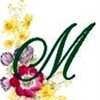
ost latter-day interpretations concur that the rhyme's Mary was actually Mary Tudor of 16th Century England(Queen Mary I, 1516-1558). Certainly she was, on occasion, quite contrary; so much so, in fact, that she earned the moniker "Bloody Mary." In her zeal to catholicize England, many Protestants met their end at her hand.
Was "silver bells" really the name of a flower?
Some interpretations suggest that "silver bells" refers to Catholic cathedral bells. Others assert both silver bells and cockle shells (more on cockle shells below) refer to the decoration on Queen Mary's costumes. Yet another interpretation calls them names for instruments of torture that Mary used in her religious persecution.
What about "cockle shells?"
In addition to instruments of torture, some see cockle shells as a symbol for pilgrimages to the Catholic Shrine of St. James in Spain. Pilgrims often wore shells around their necks to identify themselves as pilgrims.
And "pretty maids?"
Continuing the Catholic theme, the "pretty maids" are seen as Catholic nuns. Alternatively, they are interpreted as a reference to the Queen's ladies-in-waiting. More darkly, some say the reference is to the guillotine, which was known colloquially in the England of the period as "The Maiden," or to "maids," which were spiked structures used as a tool for torture.
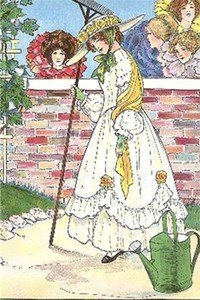
Others see the rhyme as a scornful, more personal attack on Queen Mary. "How does your garden grow?" is interpreted as a snide remark regarding her inability to produce an heir. This is followed by an even nastier interpretation of "pretty maids" as a reference to the many miscarriages she suffered. The "garden" is said to allude to English graveyards, which had to increase their size to accommodate all those who dared to profess a religion other than the Queen's own.
Or was it Mary Stuart?
Finally, some believe that the rhyme refers to Mary Stuart (Mary, Queen of Scots, 1542-1567). Although some of the same interpretations apply to Mary Stuart's reign, the rhyme was known to exist in England before her ascension to the throne. Since Queen Mary I of England predated Mary, Queen of Scots, the theory that the reference was to Mary Stuart is not given as much credence.
These various beliefs about Mary, whoever she was, raise the larger issue of literary interpretation. Who was the author and why must we ascribe to the rhyme any more than its surface meaning? Who were these folks who gave it this somber interpretation? Nowhere are they identified, their names probably lost through the ages.
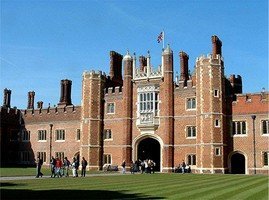
Kay Ross, an American tourist, describes her 2001 visit to Hampton Court Palace in London (pictured at left), the home of Queen Mary I: "...We were shown Queen Mary's rooms (contrary Mary...). Her rooms overlooked her garden with ancient and magnificent clipped yew trees. The silver bells were the shapes of the doorknobs, the cockle shells the decorations around the door plates. As for the pretty maids all in a row - there they were, hanging on the wall - beautiful portraits of her maids. Seemed to have it all in one! I think that's the genuine background."
At this point, I'm inclined to accept the interpretation that Ms. Ross reported. It's certainly a lot brighter than the others. But like them, it requires belief rather than certainty. How do we know that what Ms. Ross saw wasn't installed sometime after Queen Mary's demise, perhaps even in response to the nursery rhyme? I suspect that to find out, I would have to spend some time in London and do some sleuthing. Not a bad prospect, particularly if my sleuthing happened to coincide with the Chelsea Flower Show!
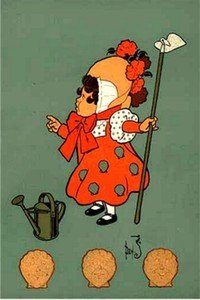

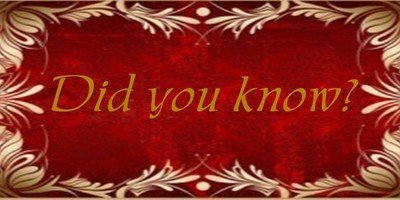
• There are three different versions of this nursery rhyme not counting the interchangability of "Mary" and "Mistress Mary."
• The versions differ only in the name of the flower that is substituted for "pretty maids" in the last line: "marigolds"* and "daisies."
• The rhyme has also been set to music. You can hear it here.
• You can see Katey Segal as Mary, Mary Quite Contrary in this video clip from the 1990 movie, "Mother Goose Rock N Rhyme."
Silver Bells in the Garden
(Click on common name for more information)
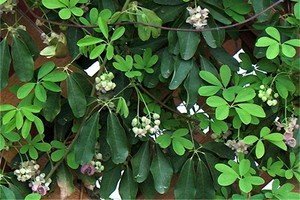
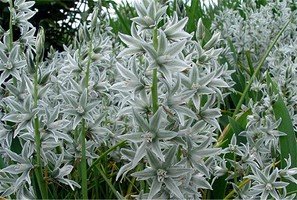
* For an interesting use of the "marigold" version, see DG author, Carrie Lamont's article, "The Secret Garden . . . what did it REALLY look like?"
© Larry Rettig 2009
Questions? Comments? Please scroll down to the form below. I enjoy hearing from my readers!
Copyright © www.100flowers.win Botanic Garden All Rights Reserved